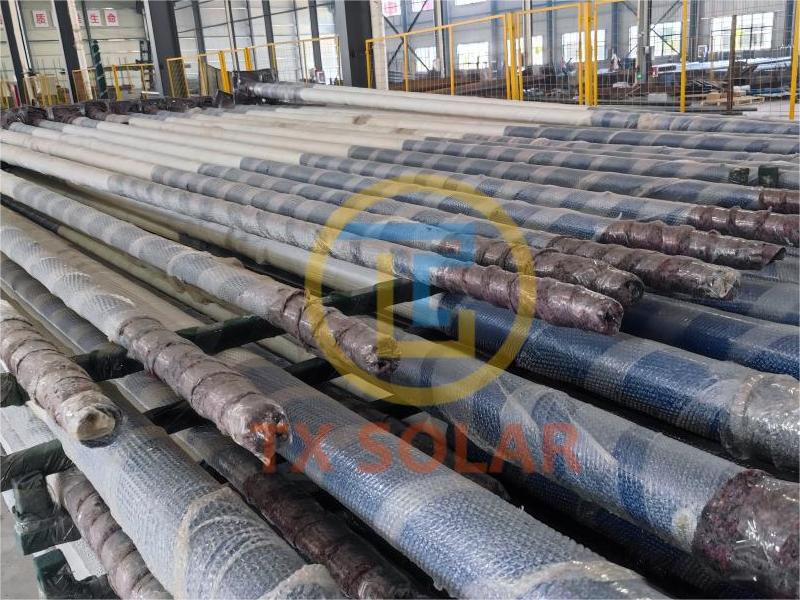When it comes to choosing a light pole for your outdoor lighting needs, there are many options on the market. Two popular options are aluminum light poles and steel light poles. While both materials offer durability and longevity, there are some key differences to consider when making your decision. In this article, we’ll explore the differences between aluminum and steel light poles to help you make an informed choice for your lighting project.
First, the material composition of aluminum and steel light poles sets them apart. Aluminum is a lightweight, corrosion-resistant metal known for its strength and durability. Steel, on the other hand, is a heavier, stronger metal often chosen for its high tensile strength and impact resistance. The choice between aluminum and steel light poles depends largely on the specific requirements of the lighting application.
One of the main advantages of aluminum light poles is their resistance to corrosion. Aluminum does not rust, making it ideal for outdoor environments that require exposure to moisture and harsh weather conditions. This makes aluminum light poles a popular choice in coastal areas, where salt air can cause corrosion of traditional steel light poles. Additionally, aluminum light poles are easier to maintain and require less paint or coating than steel light poles.
Steel light poles, on the other hand, are known for their superior strength and durability. Steel is a heavier metal, which makes it more resistant to bending and warping under heavy loads or harsh environmental conditions. Steel light poles are typically used in areas with strong winds, heavy snow, or other harsh climates that require a strong, stable support structure. While steel poles may require more frequent maintenance to prevent rust and corrosion, they are generally more durable and can withstand greater wear and tear over time.
In terms of cost, aluminum light poles are generally more expensive than steel light poles. This is due to the higher cost of raw materials and manufacturing processes for producing aluminum products. However, for some buyers, the long-term benefits of aluminum light poles, such as corrosion resistance and low maintenance requirements, may outweigh the initial cost. Steel light poles, on the other hand, are generally cheaper but may require additional maintenance and painting to prevent rust and corrosion over time.
Another important factor to consider when comparing aluminum light poles to steel light poles is the environmental impact of each material. Aluminum is a highly recyclable material that can be easily reused or repurposed at the end of its useful life. This makes aluminum light poles a more sustainable choice for environmentally friendly projects. Steel, while also recyclable, requires more energy and resources to produce and recycle, making it a less sustainable option in some cases.
In summary, the choice between aluminum and steel light poles depends on a variety of factors, including the specific requirements of the lighting application, environmental conditions, and budgetary considerations. Aluminum light poles are corrosion-resistant and have low maintenance requirements, making them ideal for coastal areas and other harsh environments. Steel light poles, on the other hand, offer superior strength and durability, making them suitable for areas with heavy wind or snow loads. When choosing light poles for your outdoor lighting project, consider these differences carefully to ensure you choose the option that best suits your needs.
If you need to choose a light pole, please contact TIANXIANG for professional advice.
Post time: Feb-07-2024

